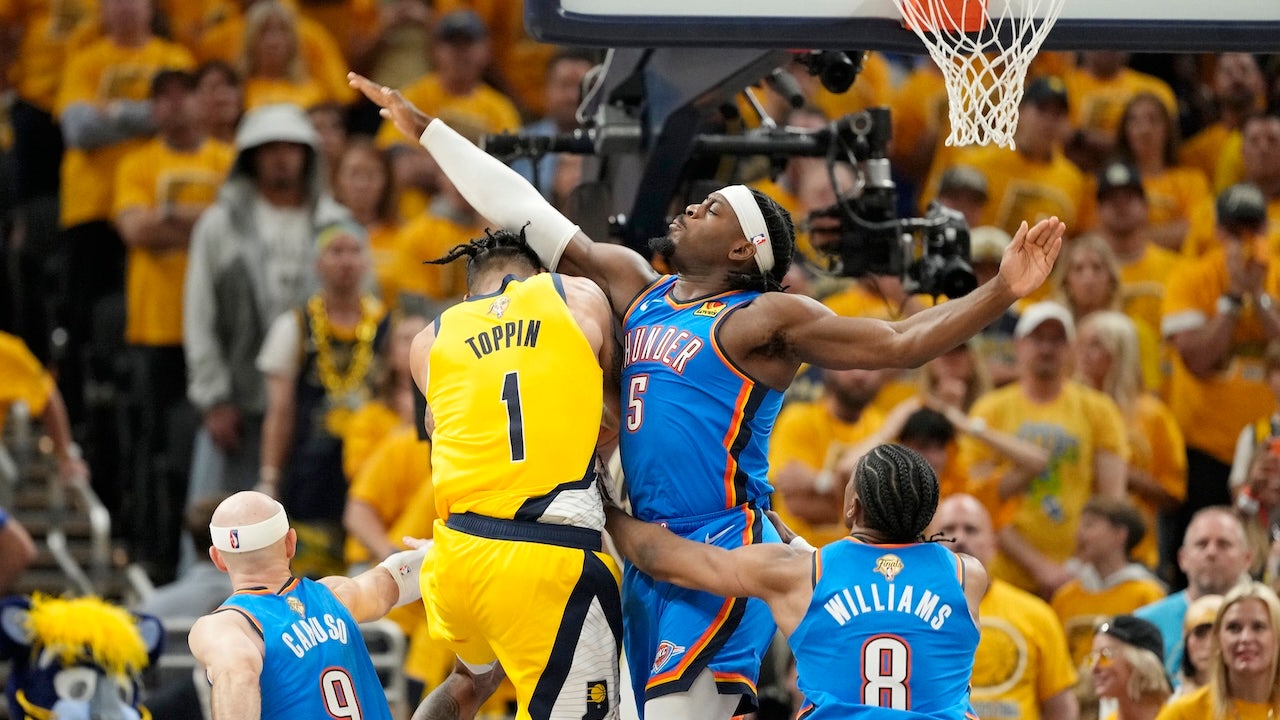cnn
—
The Australian Open will add an extra day to its calendar next year in a bid to reduce pressure on players and fans after a series of grueling matches in recent years that ended well into the early hours of the morning.
The new 15-day schedule for January's season-opening Grand Slam in Melbourne comes after growing calls to limit finishing times in a notoriously crowded schedule marked by a series of matches that stretch late into the night. and they charge a grueling toll on players.
At this year's tournament, Andy Murray and Thanasi Kokkinakis finished a marathon battle at 4:05 a.m. in a second-round match that lasted nearly six hours.
Murray, a three-time Grand Slam champion and former world No. 1, became enraged not only at the length of the match but also at being denied the opportunity to go to the bathroom in the middle of the contest.
The Australian Open has a demanding schedule in the early rounds of the tournament; Five games are played each day on the show courts: three during the day and two at night.
“We have listened to feedback from players and fans and are excited to offer a solution to minimize late finishes while continuing to provide a fair and equitable schedule on the stadium courts,” said Australian Open tournament director Craig Tiley. it's a statement.
With the new changes, the first round of the tournament will last three days, instead of the previous two, easing the pressure on the busy opening stages.
The new Australian Open dates for 2024 will be January 14-28, with Sunday's start increasing the number of sessions across three stadiums from 47 to 52. But organizers did not mention whether there would be a cut-off time for night matches.
The battle between Murray and Kokkinakis was only the second most recent finish in the tournament's history.
In 2008, Lleyton Hewitt beat Marcos Baghdatis in five sets at 4:33 a.m. after it had taken Roger Federer four and a half hours to defeat Janko Tipsarevic earlier that day.
Those late finishes are an advantage for international viewers in Europe and North America, who can enjoy the drama and tension of a five-set match during the day. But they are less fun for the players and those watching from the stands.
The lack of a time limit in tennis means that matches last as long as it takes players to win.
Three of the four Grand Slams (the Australian Open, French Open and US Open) currently schedule night sessions, while Wimbledon ends night sessions at 11 p.m. and unfinished matches resume the next day. .
Wimbledon's curfew, implemented in 2009, is said to be aimed at getting spectators safely back to the venue, but the cut has sometimes left fans hanging on a cliff during the most intense matches.
The longest professional match occurred at Wimbledon in 2010, when American player John Isner finally defeated French opponent Nicolas Mahut after an epic 11-hour competition played over three days.












